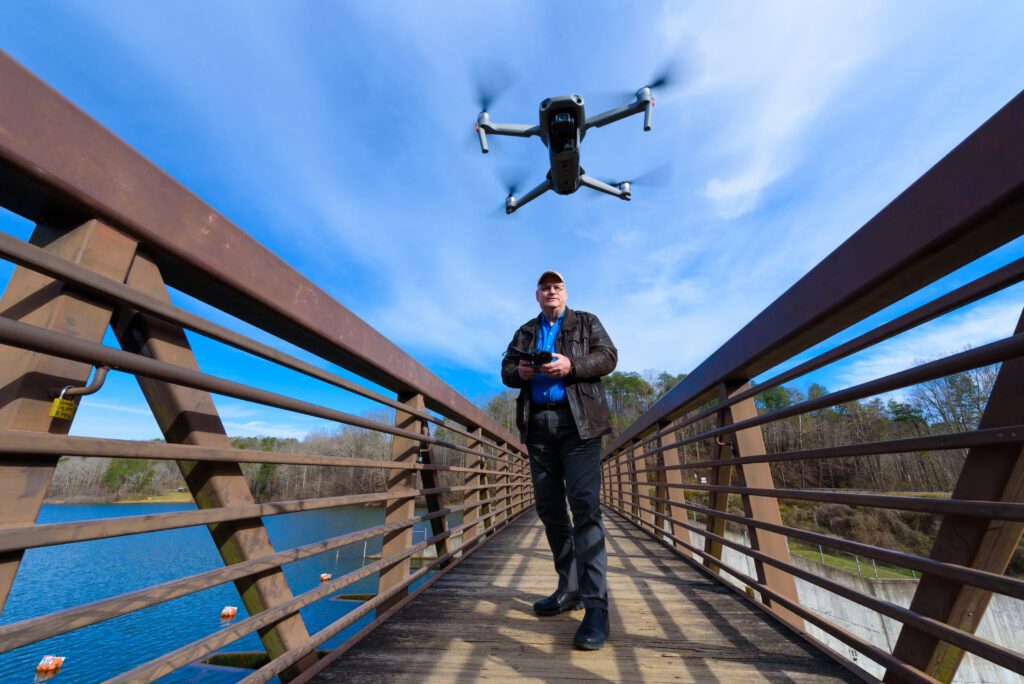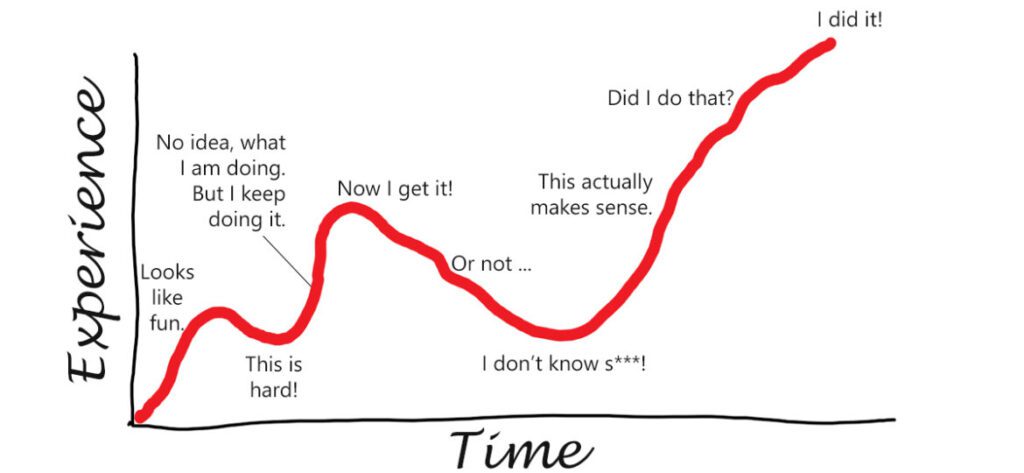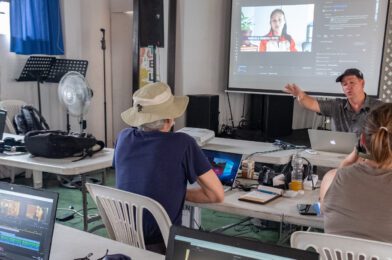James Dockery taught Adobe Premiere Pro during the Storytellers Abroad Workshop in Lima, Peru. [X-E3, XF18-55mmF2.8-4 R LM OIS, ISO 4000, ƒ/4.5, 1/100, Focal Length = 29]
I am just wired to learn more and more. Once I find a subject, I go down that rabbit hole. I want to know more and more.
Here are some significant changes in my career that required me to learn more or earn less.
- Learning to shoot Transparency film like Kodachrome
- Learning how to use hotshoe flash
- Learning how to use studio strobes
- Learning how to create audio/transparency slide show
- Learning how to control my strobes by understanding all the light modifiers
- Switching from Film to Digital
- Learning PhotoShop
- Learning about Metadata
- Learning how to create Database
- Learning how to create Website
- Learning how to create a blog
- Learning how to create digital audio slide shows
- Learning how to shoot video with my DSLR
- Learning about mirrorless cameras
- Learning how to use Sliders & Gimbals
- Learning how to fly drone and become a FAA Part 107 Certified Remote Pilot

Only 15% of hiring managers say most job seekers have the skills their company is looking for.* If you want to increase your chances of getting a good job, you want to be in that 15%. This means you want to take the time to acquire the skills employers are looking for.
This is also true for those doing Gig Work. [The term “gig” is jargon for “temporary job.” You’ve likely heard it used conversationally, especially when freelancers say, “I’ve booked a gig.” Additionally, you’ve probably heard of a “gig economy,” which means a free market system in which businesses use independent contractors—for short periods—to handle.]
There are two ways to decide what you need to tackle next. You can be on the Bleeding Edge, which is a little riskier. If you pick the exemplary “New Trend,” you could quickly get a lot of work. However, when you try to guess, the next big thing is, being too early.
When I switched to digital from film, I did it when it was a little more economical, and the technology had come closer to giving me a similar quality to my film. That was the year 2002. I paid $1,999. A similar Kodak back for the Nikon F5 year-earlier went for $16,000. The year before that, it was $25,000. I was not making enough money in those years to recover the cameras’ cost.

In 2013 DJI introduced their first Phantom Drone. This drone began the modern camera-equipped drone craze. Within a few years, DJI would hold a commanding position in the consumer drone market, with almost 80% of consumer drones manufactured by DJI or one of their subsidiaries.
I had bought a couple of toy drones and could barely fly them without crashing. So, I was waiting until the technology was solid enough that I stepped into the drone world this February when I studied for and passed my FAA Part 107 Certified Remote Pilot test. I bought my first drone just a few days before I took my test.

While we all know about the “Learning Curve” and think it will be like this one above, it is more like it.

William S. Burroughs is credited with saying, “When you stop growing, you start dying.” This is the best way to think of the alternative to becoming a Lifelong Learner.
Here is one more way to understand why you want to also “Learn More, To Earn More.” The odds of increasing your income from one year to the next are directly related to what new things you have added to your skill base. Now I am not saying you should be chasing money, but the cost of living will increase just to stay at a similar income. The only way to keep up with this is to produce more content or better content that is worth more.

